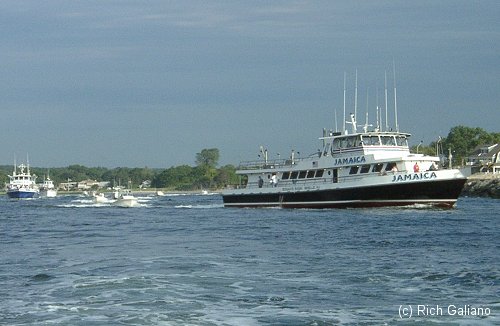u01 - AWOIS 8087
FE327SS/89 -- OPR-C147-HE-89; CONTACT #22 ON SURVEY H-10284/88; DIVER INVESTIGATION FOUND THE REMAINS OF A LARGE WOODEN SHIP OR BARGE COMPLETELY COLLAPSED UPON ITSELF; A LARGE PILE OF BLOCKS, WHICH RESEMBLED BALLAST BLOCKS, REMAINS; DIVER PNEUMATIC DEPTH GAUGE LEAST DEPTH OF 47 FT TAKEN ON TOP OF PILE OF BLOCKS. (ENTERED MSD 7/91)


Questions or Inquiries?
Just want to say Hello? Sign the .